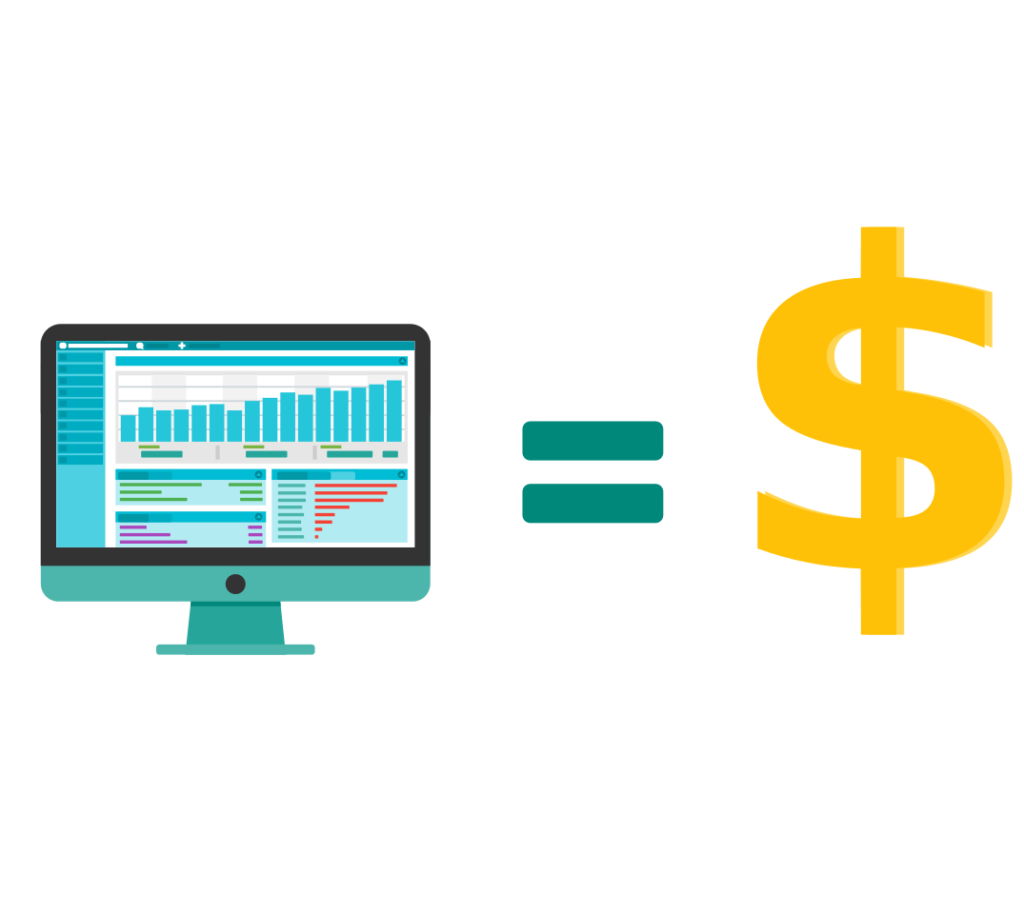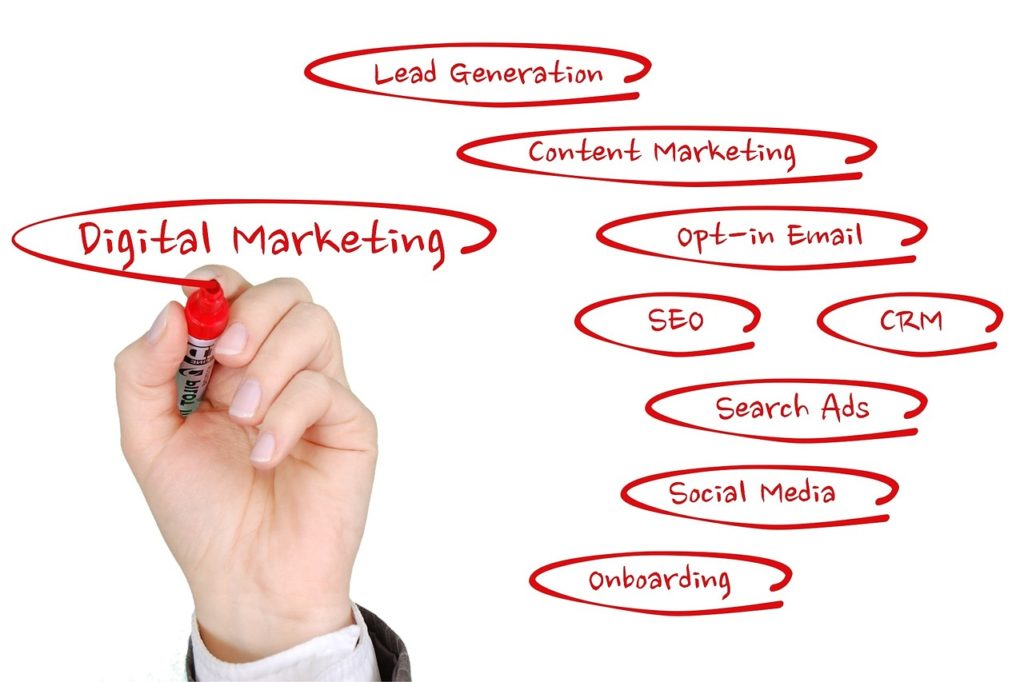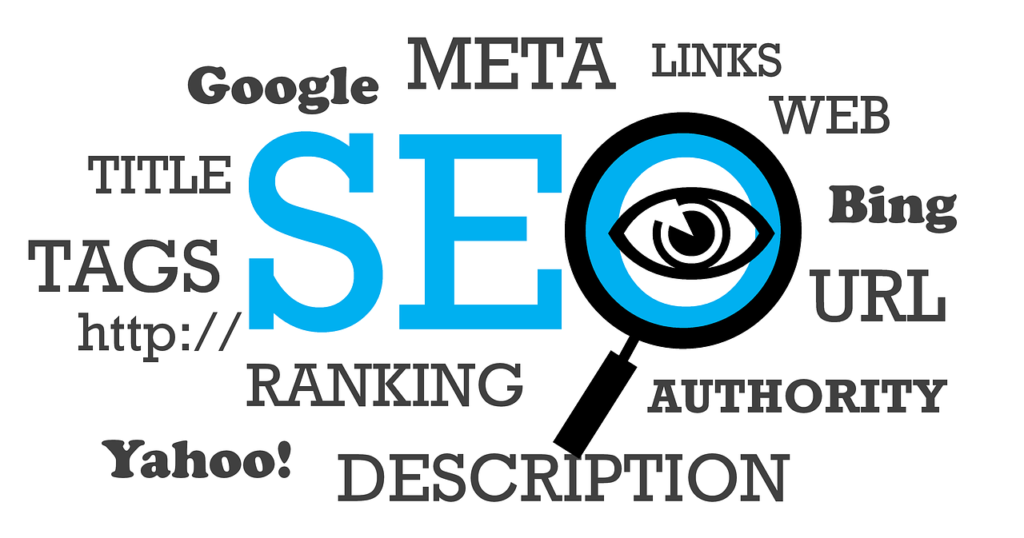How to Determine Which Social Media Platform Is Right for Your Business
If you are running a business, you need to have a social media presence. The profiles on these networks support your site, integrate with your SEO, and expand your reach. If you follow the right steps, you’ll create a community around your company, and people will buy from you just because of that. However, for you to get there, you need to learn how to determine which social media platform is right for your business. And it might sound scary to some of you, but there’s nothing to worry about. We’re here to help you do it. We’ll take a look at the tactics you should use, and trends you should know about, and we’ll talk about a few platforms that are most used these days. So, let’s dive right into it and see where you should start. Identify Your Audience Social media is all about getting closer to your audience. So, it’s only natural that the first step is to determine who they are. And here, it’s crucial that you are as specific as possible. The more in-depth you can get, the easier it will be for you to make a decision that will make sense. Take a pen and paper, and write down answers to these questions. Of course, these are the basic questions that will work no matter what your business is all about. However, if you know some additional things that are worth noting, include them as well. You want to build a detailed profile of your audience, so you can figure out where you can find them online. Define Your Goals Once you know who your audience is, you should define what you want to do with them. Now, there are plenty of actions you could want them to take. Most business owners want to drive sales by attracting customers. However, you can also use social media to increase brand awareness, get new ideas, engage with your audience, or keep clients by your side. It’s one of the best tools for customer retention there is, but only if you know how to use it. Be sure not to rush here. It’s easy to set one or two main goals you want to achieve, but if you can do so much more, why wouldn’t you? Take your time and brainstorm as many ways of how social networks can help your company. You don’t have to address them all at once, but it’s good to have a plan for the future. Find Your Audience Now that you know who your audience is and you have your goals set, all that is left is to find them. So, the next step in determining which social media platform is right for your business is looking at the demographics. From them, we can see what audiences you can reach on each network, but you also want to think about how active they are on the platforms you choose. And here’s what we mean by that. Although lots of young users have profiles on Facebook, they’re much more active on networks like Instagram or TikTok. So, these two networks would be a better fit if they’re the audience you’re trying to reach. On top of the demographics and activity logs, you also need to pay attention to how they use each platform. Try to find out if they’re there for work purposes, to communicate with their friends, or for self-promotion. The more you know about their behavior there, the closer you’ll be able to get to them. And that was all the basics. So, let’s talk about a few major platforms now. Facebook Everyone knows about Facebook. It has almost 2.9 billion active users, and that’s more than the population of China. And since there are so many people on there, you must remember how they all use it, and that is to keep up with old friends and build relationships. Naturally, this makes Facebook a great place for engaging and increasing the loyalty of your current customer base. On the other hand, reaching new people with Facebook isn’t as easy as you might think it would be. Because of the large population we mentioned, all your posts have a limited reach. With that said, you can get more out of it by learning about the best time to post or by paying for promotion. You’ll need to spend some time learning about it, but when you do, it can give amazing results. Twitter If building awareness is what you aim for, look no further from Twitter. It’s a place where hashtags are everything, and you can organize conversations around a keyword. So, you can use it to learn what people are talking about your business or keep track of the latest trends in your niche. Lots of companies also use it for customer support efforts. People write about what’s troubling them, and you show how easily you can solve their problems. There are plenty of options, but you need to spend time on the network to make it work. LinkedIn LinkedIn is another popular platform, but most of its users are on the ”older” side. So, if your target audience is business professionals aged between 30 and 49, this is the place for you. It’s not a network where you can sell shoes or phones, but for B2B lead generation, it’s as good as it gets. Instagram Instagram is a picture and video-based platform that is very popular with young users. Hence, if your company has anything to do with visuals, this is a great place for promotion. Businesses that work with food, art, retail, and beauty all record fantastic results with it. Now, since there aren’t as many profiles here as on Facebook, there’s less noise. Learn about Instagram features for business owners, and you’ll be able to reach as many people as you want. Of course, your content has to be interesting if you want to make an impact, but that’s a story for a different day.
How to Determine Which Social Media Platform Is Right for Your Business Read More »














